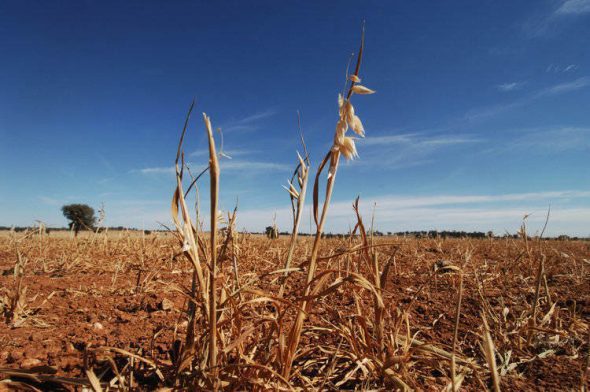
While the political conversation revolves around the energy transition and cutting emissions, investors are pushing for new ways to make Australia more resilient to the damage already done by climate change –and to safeguard us against worsening impacts to come.
That’s because globally, the costs of ‘climate-proofing’ are already stretching into the billions of dollars, and unfortunately, as any doctor can tell you, the longer we leave it, the worse the consequences will be.
“More and more, local governments are undertaking adaptation planning, and the costs of solutions are frightening,” explains Dr David Rissik, Deputy Director of the National Climate Change Adaptation Research Facility (NCCARF).
Only last week, ANZ revealed to a Senate Inquiry that it is ‘stress-testing’ its property portfolio for climate risk. This is unsurprising, given that more than 80% of us live close to a coastline threatened by rising seas and 86% live in urban areas likely to be affected by increasing heat.
And it shows how seriously institutions are now taking this.
And they should, because climate impacts will affect everything from our homes to our essential infrastructure such as bridges, water treatment facilities, ports and airports.
The World Economic Forum’s (WEF) Global Risk Report 2017 lists “failure of climate-change mitigation and adaptation and water crises” as the third most significant global risk identified. A recent Citi report estimated the damage to GDP globally from the negative effects of climate change in the order of US$20 trillion with 1.5°C warming.
In Australia, local government-owned public assets at risk from climate change have been valued at $212 billion, with roads identified as the key issue. While the replacement cost of coastal buildings and infrastructure is expected to reach $226 billion.
Already the Federal Government spends an estimated $560 million on post-disaster relief and recovery, compared to the $50 million a year invested in pre-disaster resilience measures: a ratio of more than 10 to 1. Even without including the effects of climate change, post-disaster recovery costs are expected to increase to $2.3 billion a year by 2050, without investment in resilience.
According to Deloitte Access Economics (2013) carefully targeted programs of resilience investment in the order of $250 million/yr could see government spending reduce by more than 50% by 2050.
But climate adaptation can also be an opportunity to improve our cities, such as the Resilient Melbourne strategy. This is an initiative across Melbourne’s 32 councils to expand and protect the City Of Melbourne’s urban forest of 70,000 council-owned trees, as assets to combat increased heat waves. Increasing tree canopy throughout the city can reduce the urban heat island effect by 4-6°C.
And this is where investors can play a major role. New investment is looking to flow into adaptation solutions, but today, the path forward is filled with barriers.
While adaptation planning is underway in many instances, there is a long way to go in determining what actions are required and how to finance them.
The first step has to be a national assessment of infrastructure at risk to the effects of climate change and an indicative quantification of the investment required.
As Niall McCarthy, Director and Head of Business Development at Eureka-Real Assets put it, “we consider adaptation as critical to building resilience in our cities and infrastructure. Adaptation is still relatively unchartered in Australia with markets seeking a greater understanding of what it means and how to create investment opportunities for investors around adaptation projects.”
In a new report – From Risk to Return – released today by the Investor Group on Climate Change (IGCC) and the National Climate Change Adaptation Research Facility (NCCARF), investors lay out the multi-billion dollar threats and opportunities of climate adaptation, as well as recommendations to overcome the blockages.
Perhaps the biggest gap, not unlike the situation with current energy policy, is a clear path forward.
For that, all levels of government need to come to the table on the development of a framework clearly setting out levels of coordination and responsibility for adaptation in Australia.
Emma Herd is CEO of the Investor Group on Climate Change










